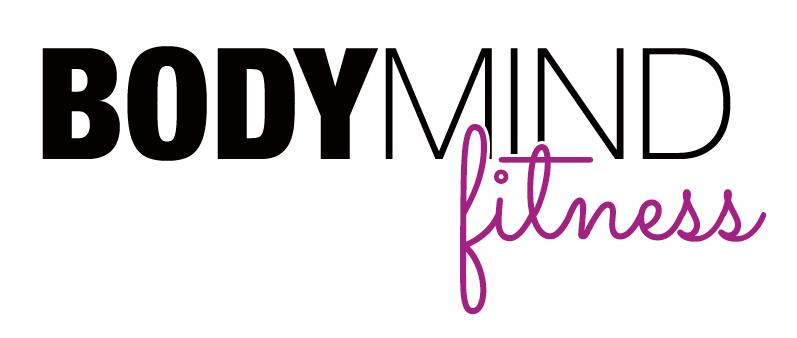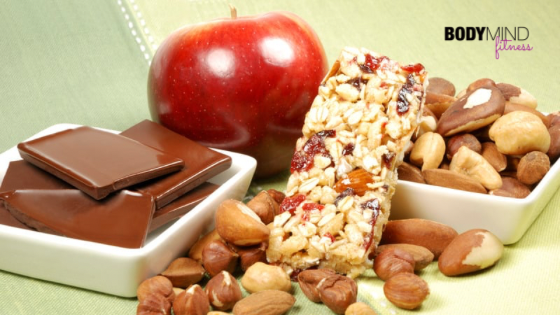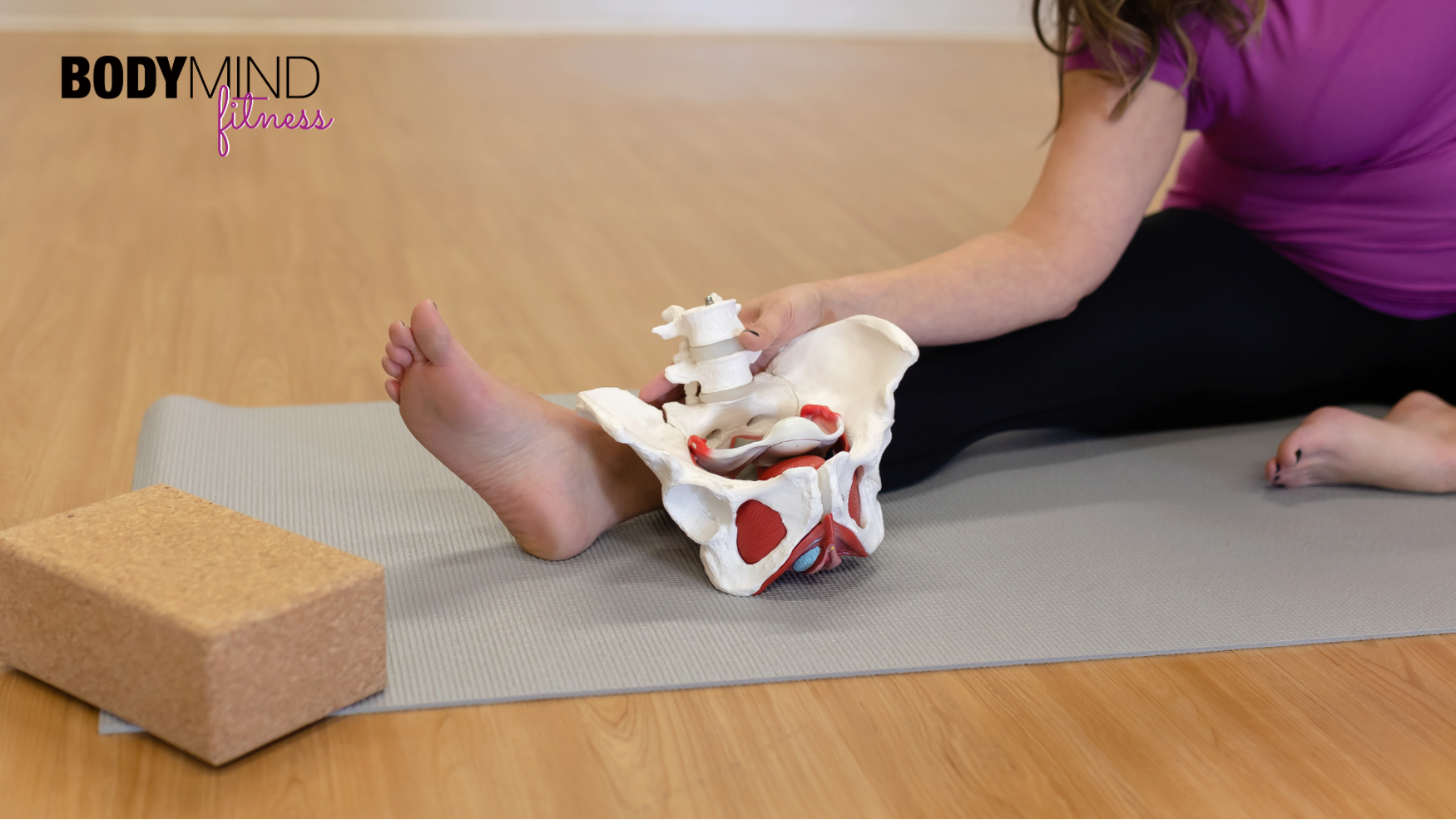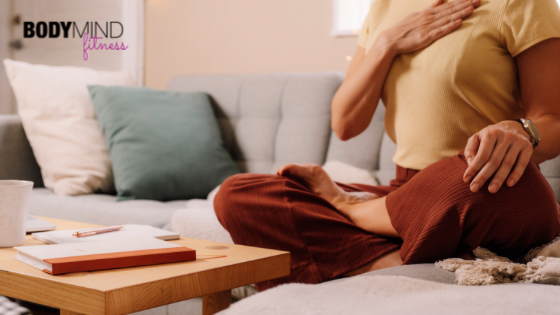I went down the women peeing their pants research rabbit hole last night, and the comments from various women who believe that this is just how it is because they had kids, or they're aging, or simply attributing it to their gender.
I sometimes forget that women's health is still a little taboo and filled with misinformation from those we're supposed to trust, such as doctors. It absolutely devastates me how so many believe that the only way to "fix" leaking is to go home and do 100 kegels a day. Every day. For the rest of your life.
There's so much more work to be done around educating women about, well y'know... down there, and that no one should be in pain or embarrassed about the function of their body, and to simply prescribe the elusive kegel is causing more harm than good.
That’s why I want to talk about peeing your pants - medically known as incontinence, and send you on your way with a few tips that will start to make a difference today and that goes beyond the kegel.
If you've been following me for awhile, you know that I’m a firm believer in the correlation between exercise and pelvic health, and with the right strategies you can do anything your heart desires - no limits. No dos and don’ts handbook. With the right help by your side.
Admittedly, it’s easy for me to forget that I’m fully immersed in the world of pelvic health, and can talk about my experience with ease, but that's just not the case for the average woman, because it’s embarrassing and stressful, and every decision we make revolves around the function of our pelvic floor
- scoping out the nearest bathroom in every new space you’re in
- making sure you’re never too far from the bathroom
- scared if your bladder will hold up when you try a new activity
- avoiding the activities you love like exercise and running
- avoiding the activities you might not love, like chasing after a toddler - hopefully yours, or at least one that’s in your care
That's no way to live.
Let’s get to it shall we? With a brief run down of the 3 most common types of incontinence, and if you’ve made it this far, there’s a good chance you have one of them
Urge Incontinence is the uncontrollable need to go to the bathroom. Sometimes known as key in lock syndrome, where a specific task or time of day brings on the urge to go to the bathroom. This could also happen when your bladder is sensitive. But regardless of the reason - there's a good chance you won't make it to the bathroom on time.
Stress Urinary Incontinence is simply put, the laughing, sneezing, jumping, running kind.
Overflow Incontinence is frequent or consistent dripping of urine.
You can also have a mix.
What should your bathroom habits look like? I hate throwing numbers out, because then we stress when we’re off by one number, wondering if there's something wrong with us - but I’ll put it out there, with the caveat that this isn’t an exact science.
- your urine stream should last around 7 seconds
- the average person goes pee about 8 times a day
- the bladder can hold up to 11 shots - so drink up!
You just learned more about pee than you ever thought you needed to know. You. Are. Welcome.
Jokes aside, you want the tips, so here they are...
Drink lots of water (you just spit out your coffee and yelled “what?!?!” didn’t you?)
It’s tempting to reduce the amount of water you drink, so you don’t end up somewhere with no access to the bathroom, this was one of my major issues, so I get it. Here’s the thing, when you don’t drink enough water your urine gets super concentrated ➜ this irritates your bladder ➜ signalling you that you need to go to the bathroom even if you’re only a quarter full.
Don’t believe me, count your stream?
Heel Pumps (no friggin’ way)
Urge incontinence is a tough one - it can come out of nowhere (sensitive bladder) and heel pumps has worked time and again for the women I work with because there’s a nerve that runs through the calf and lands beside the bladder.
Stand tall, feet hip distance apart, lift one heel with the ball of the foot on the floor (think high heels), and then switch - this works the calf muscle which stimulates the aforementioned nerve signalling the bladder that it's ok and to calm down.
Relax and breathe (relax? are you kidding? I need the bathroom now!)
When it comes to relaxing breath, I love the 4/6 breath. Breathe in to the count of 4, breathe out to the count of 6. When we make the out breath a little longer than the in breath we activate the parasympathetic nervous system (rest and digest system), which helps us relax.
Stop peeing just in case (“C’mon we’re leaving! Actually, let's all go pee, just in case.”)
Guilty… again. It's important to me that my toddler girls choose when they go to the bathroom - my three year old can go up to an hour after she wakes up without going to the bathroom… makes you wonder, are we conditioned to pee as soon as we wake up?
There’s a good chance that this one’s been engrained in you for longer than you can remember. But it’s time to start trying to take charge with baby steps. I’m not telling you to hold it until you burst, but try leaving the house and going a short distance where upon arrival there’s a bathroom readily accessible.
The big KEGEL question. You’re gonna be wondering, so let’s address it… briefly.
Kegels are great, for the right person, but often they can do more harm than good, and you won’t really know unless you’re assessed by a pelvic floor physiotherapist/physical therapist.
- you might not need kegels, because your pelvic floor may be too tense - kegels would make your symptoms worse
- chances are you’re doing them wrong
- yes, a kegel feels like stopping the flow of urine, but you don’t want to do this as part of your kegel exercise, you’ll end up with a nasty habit of actually stopping the flow of urine, before you're actually fully empty.
With the right exercises and strategies, you may never need a kegel again, thats why I created the Not Your Mama’s Kegels Online Program, the doors are open now, and will be closing on Friday, February 28, 2020.





